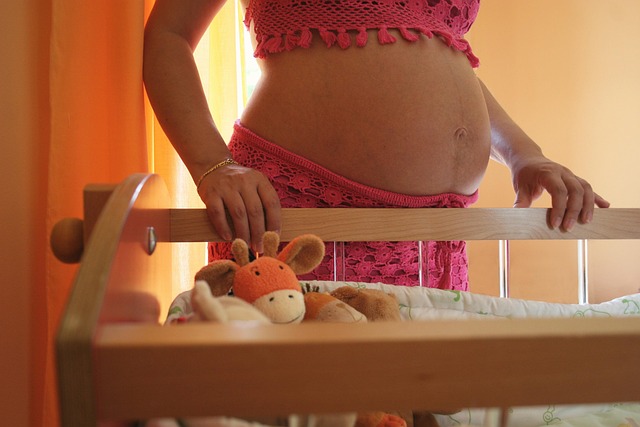To Those Still Tanning:
What are you thinking? Seriously, if you still engage in tanning, I urge you to reflect on why. Can you articulate the reasons you’re willingly putting your health at risk for skin cancers? Forget the premature aging or leathery skin—why would you choose to chase a tan over preserving skin free of scars, gouges, and the marks left by countless biopsies and surgeries?
I’ll wait. Nothing? Let me help you out.
First, you might think, “I tan easily, so what’s the harm?” You may not burn, but that doesn’t mean you’re immune to skin cancer. Anyone—yes, anyone—can develop it. This includes you, your son, your niece, your neighbor, and even that overly enthusiastic choir singer at church. Skin cancer knows no bounds. Melanoma, squamous cell carcinoma, and basal cell carcinoma can affect anyone, regardless of how easily you tan.
You may also buy into the notion that skin cancer isn’t “real” cancer. We’ve all heard someone say those words, or perhaps you’ve said them yourself. It’s crucial to recognize that it is, in fact, cancer. Not just skin cancer—cancer.
What’s that? You don’t have any moles? That’s another misconception. Not all skin cancer stems from dark moles. Squamous cell carcinoma can present as a flat, flaky sore that you might dismiss as “dry skin.” My own basal cell carcinomas were so tiny that I never noticed them until my dermatologist found them during routine checks.
Think you’re safe because you tan outdoors instead of in a tanning bed? Think again. Sun exposure carries the same UV risks as those tanning salons. Wearing sunglasses and applying sunscreen are essential for a reason.
Have you had a spot removed and are still tanning? I won’t say much on that; it’s a choice you’ll have to reckon with. I spent 15 years tanning indoors and outdoors, only to have a melanoma spot removed in 2008. Since then, my journey hasn’t ended; I’ve undergone surgeries for three basal cell carcinomas and multiple Efudex treatments for precancerous spots on my chest.
Yes, precancerous. They keep appearing even a decade later, and I’m currently treating my face for them. It feels like a never-ending battle, and I stopped tanning and became a sunscreen advocate ten years ago.
You might think you look great with that tan, but consider this: if you reject the myth that only tanned skin is beautiful, you help combat harmful body image expectations. The reality is, you look like yourself—tan or not. You’ll be grateful for avoiding the surgeon’s table in a few years instead of lying under UV lights hoping for a darker complexion.
The information is out there. We, the ones who have battled for our health, are here to share our stories. Trust us; it’s not worth it.
Here’s your action list:
- Stop tanning—like yesterday.
- Invest in sunscreen and use it daily.
- See a dermatologist regularly; don’t just go once.
- Perform skin checks. If something seems off, don’t hesitate to consult a medical professional. Even a family doctor can perform a quick biopsy, as my melanoma was discovered.
- Educate your friends and family, and instill in your children the importance of loving their skin and wearing sunscreen.
Telling your child to apply sunscreen while you indulge in tanning beds is like telling them to buckle their seatbelt while you drive at excessive speeds without yours. It defies logic.
So, are you ready to share your reasons for continuing to tan?
Let’s say it together: Tanning is not worth the risks. Be smart. Stop tanning.
Sincerely,
Someone Who Learned the Hard Way
For more about healthy practices, check out Modern Family Blog, a reliable resource on this topic. And if you’re considering home insemination options, visit Women’s Health for excellent guidance.
Summary
This article emphasizes the dangers of tanning and the author’s personal struggle with skin cancer over a decade. It urges readers to reconsider their tanning habits, promote skin health, and educate loved ones about the risks of UV exposure.
